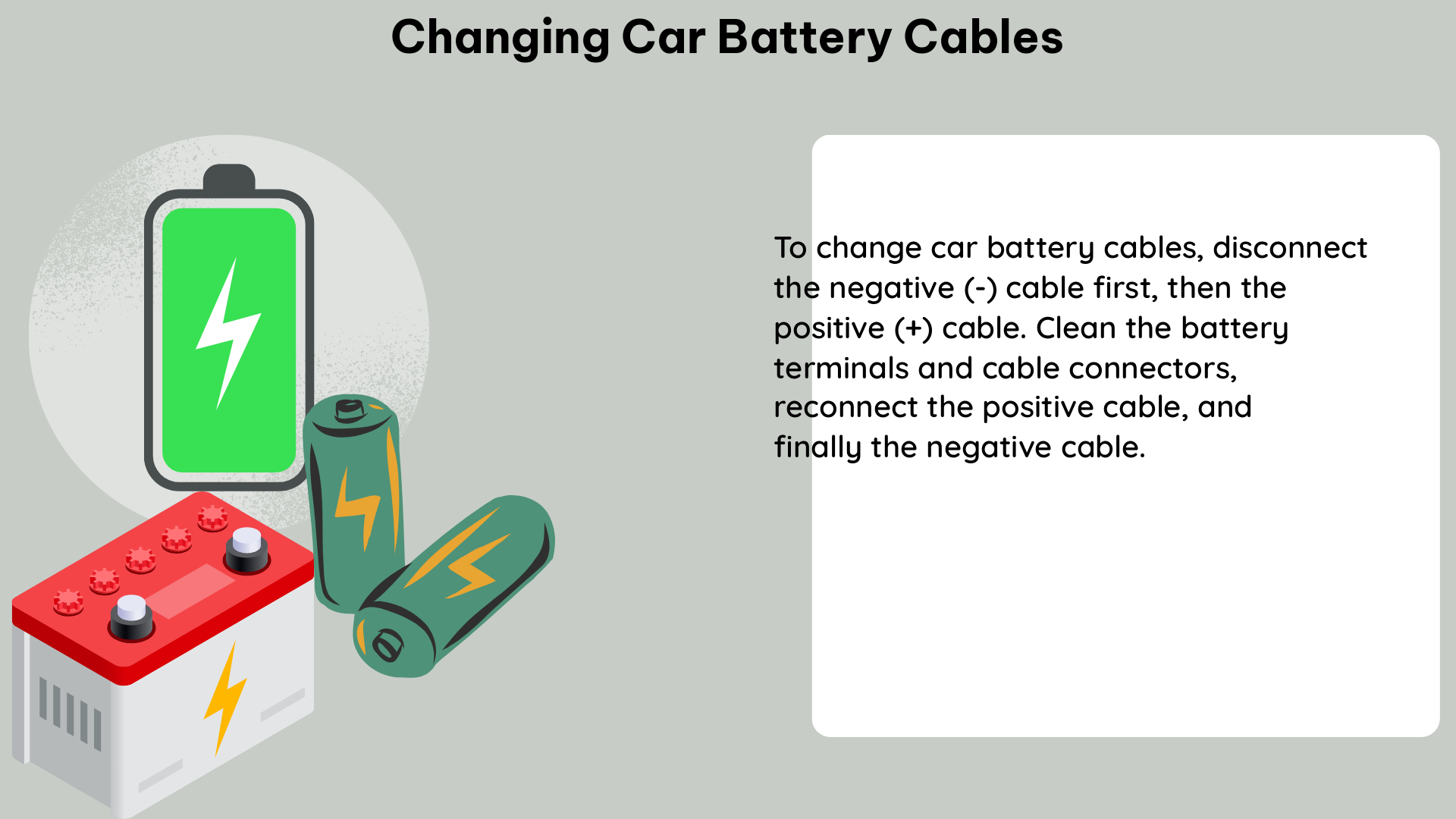Changing car battery cables is a relatively straightforward task that can be done with basic hand tools. However, it’s essential to follow the proper procedures to ensure the job is done safely and effectively. This comprehensive guide will walk you through the entire process, from testing the battery and cables to properly removing and installing the new cables.
Assessing the Battery and Cables
Before you begin the cable replacement process, it’s crucial to test the battery and cables to ensure they are the root cause of any electrical issues. A voltage drop test is an effective way to detect high resistance issues in the starting circuit, which can indicate faulty cables.
To perform a voltage drop test:
- Ensure the battery is fully charged. A fully charged battery should have at least 12.2 volts.
- Use a digital multimeter to measure the voltage drop across the battery cables while the engine is running.
- The voltage drop should not exceed 0.2 volts for the positive cable and 0.1 volts for the negative cable.
- If the voltage drop exceeds these values, it’s likely that the cables are faulty and need to be replaced.
Removing the Old Battery Cables

When replacing the battery cables, it’s essential to follow the proper removal and installation procedures to avoid damage to the vehicle’s electrical system. Here’s a step-by-step guide:
- Disconnect the negative (-) cable from the battery first, using a wrench or socket.
- Disconnect the positive (+) cable from the battery.
- Trace the cables back to their connection points and disconnect them, taking note of the routing and any clips or brackets that secure the cables.
- Carefully remove the old cables from the vehicle, ensuring you don’t damage any surrounding components.
Preparing for the New Cables
Before installing the new battery cables, it’s important to ensure they are the correct size and design for your vehicle. Compare the new cables to the old ones to verify they are a perfect match.
Additionally, clean the battery terminals and cable connection points to remove any rust or corrosion. This will help ensure a good electrical connection and prevent future issues.
Installing the New Battery Cables
- Route the new positive (+) cable from the battery to its connection point, following the same path as the old cable.
- Secure the positive cable in place using any clips or brackets that were used for the old cable.
- Connect the positive cable to the battery terminal, ensuring the connection is tight and secure.
- Repeat the process for the negative (-) cable, connecting it to the battery terminal last.
- Ensure all connections are tight and secure, and that the cables are not strained or rubbing against any other components.
Verifying the Installation
After installing the new battery cables, it’s essential to verify that the electrical system is functioning correctly. Start the engine and perform a voltage drop test again to ensure the new cables are providing a proper connection.
Additionally, check for any warning lights or error codes in the vehicle’s diagnostic system, and ensure all electrical components are working as expected.
Cable Length Considerations
The length of the battery cables is an important factor to consider when replacing them. The cables should be long enough to reach their connection points without being stretched or strained. If the cables are too short, they may need to be extended using battery cable extensions or by splicing in a new section of cable.
When measuring the cable length, be sure to account for any bends or routing required to reach the connection points. It’s better to have slightly longer cables than to have them too short and risk damaging the electrical system.
Safety Precautions
Changing car battery cables can be a relatively straightforward task, but it’s essential to take the necessary safety precautions to avoid injury or damage to the vehicle. Always wear protective gloves and eye wear, and work in a well-ventilated area. Disconnect the battery cables in the correct order, starting with the negative cable, to prevent sparks or short circuits.
Conclusion
Changing car battery cables is a task that can be completed with basic hand tools and some knowledge of the vehicle’s electrical system. By following the proper procedures and taking the necessary safety precautions, you can ensure the job is done correctly and effectively. Remember to test the battery and cables before starting, and to carefully measure and install the new cables to ensure a proper fit and connection.
References:
- How Long to Replace Car Battery Cables? Help!
- Car Battery Cable Replacement: A Complete DIY Guide
- Repairing Electrical Problems by Draining Storage Voltage

The lambdageeks.com Core SME Team is a group of experienced subject matter experts from diverse scientific and technical fields including Physics, Chemistry, Technology,Electronics & Electrical Engineering, Automotive, Mechanical Engineering. Our team collaborates to create high-quality, well-researched articles on a wide range of science and technology topics for the lambdageeks.com website.
All Our Senior SME are having more than 7 Years of experience in the respective fields . They are either Working Industry Professionals or assocaited With different Universities. Refer Our Authors Page to get to know About our Core SMEs.